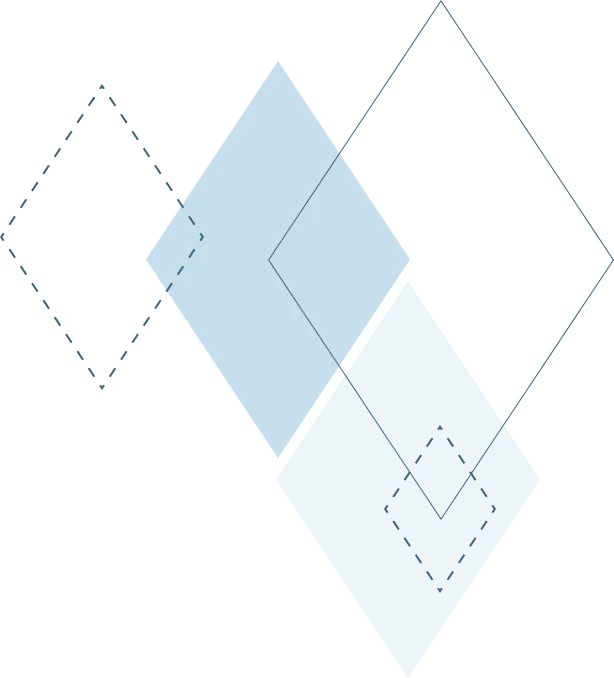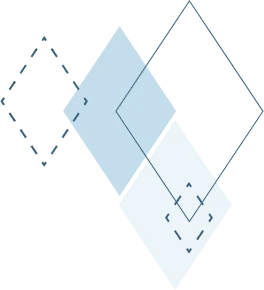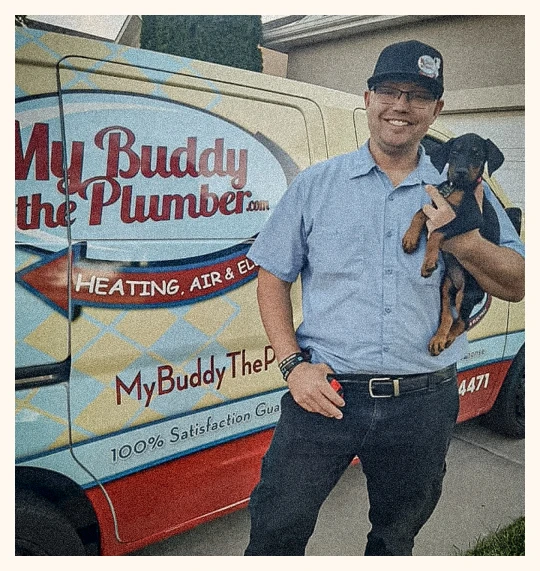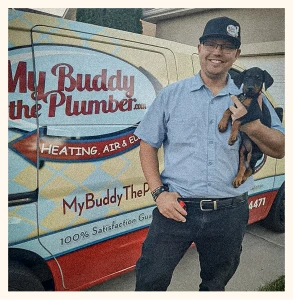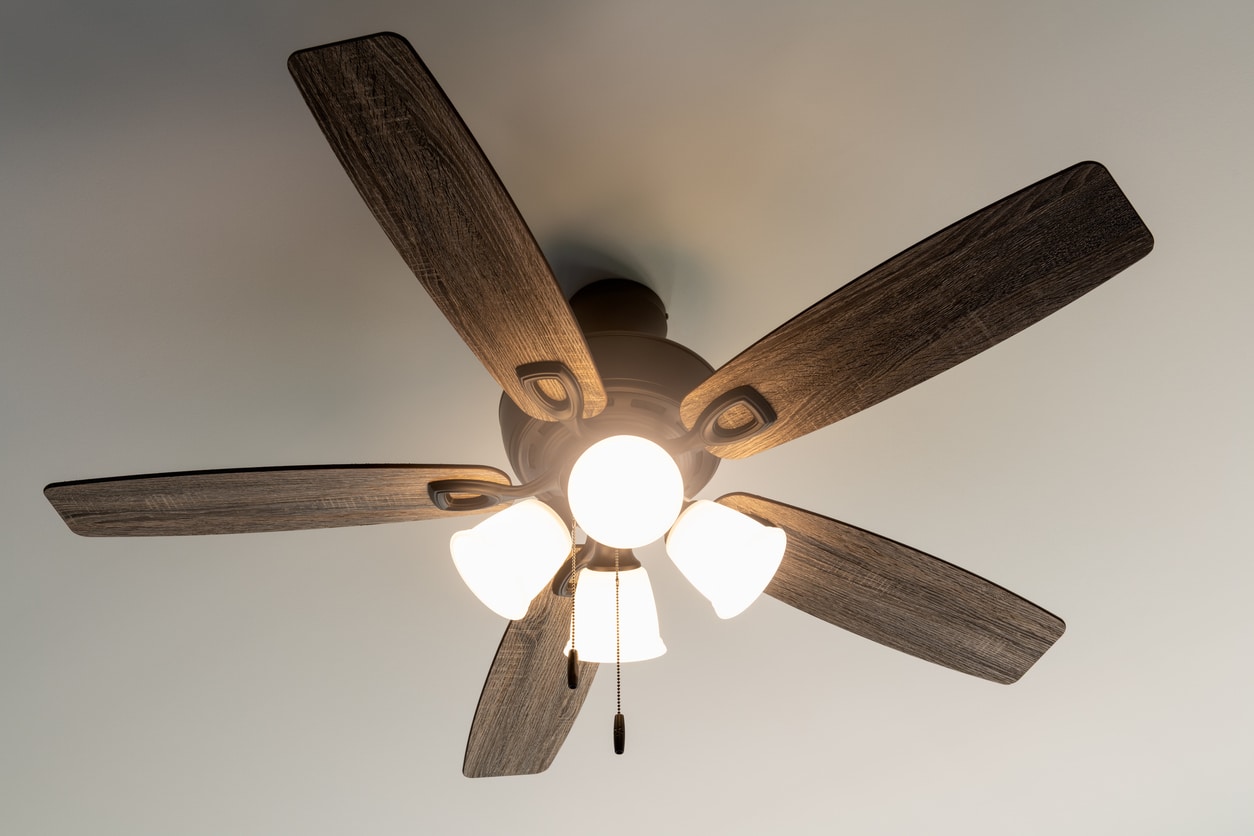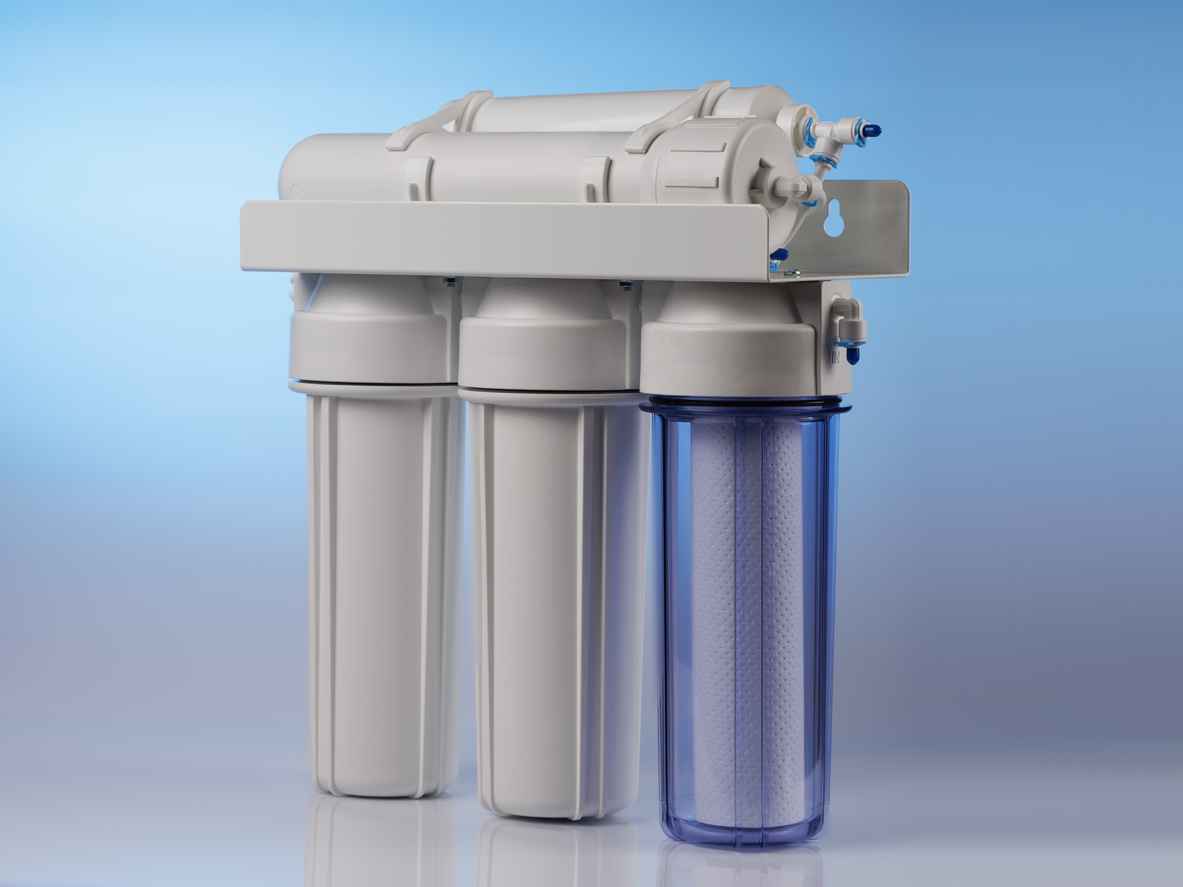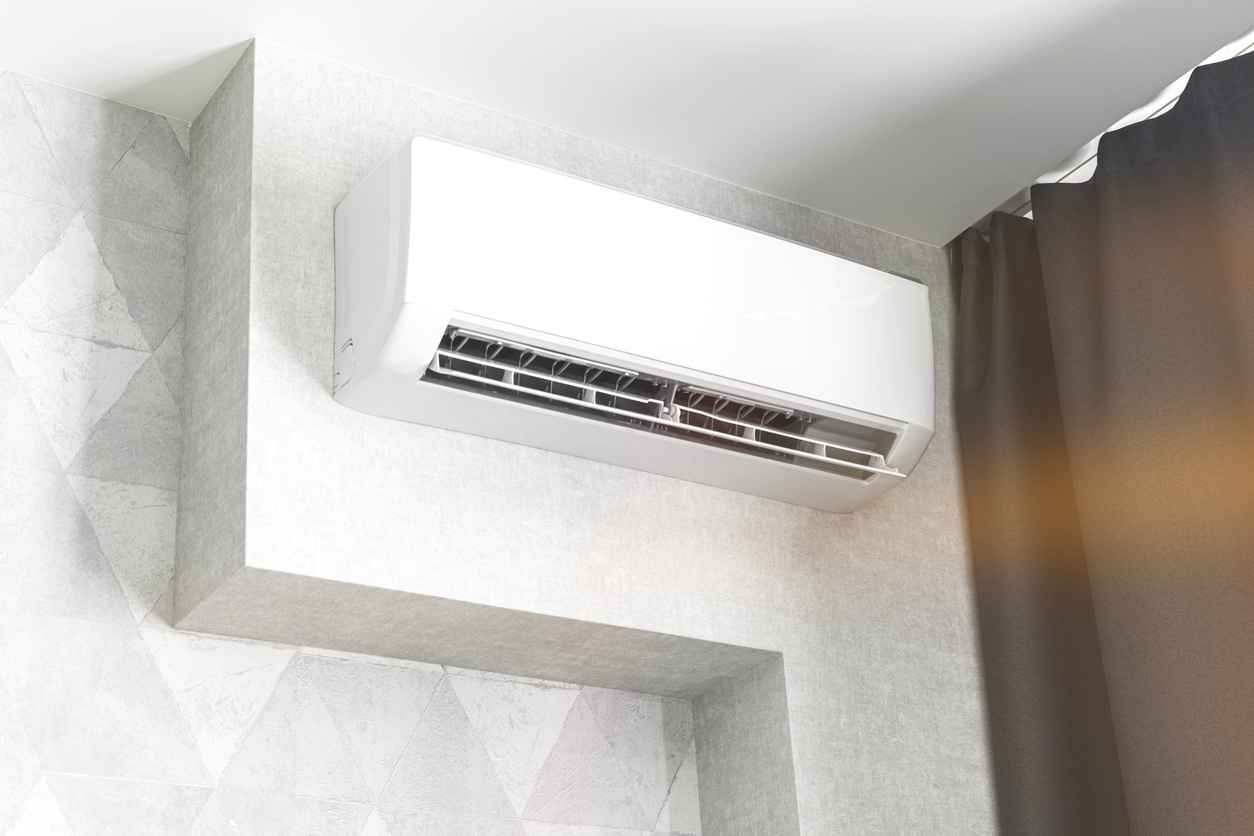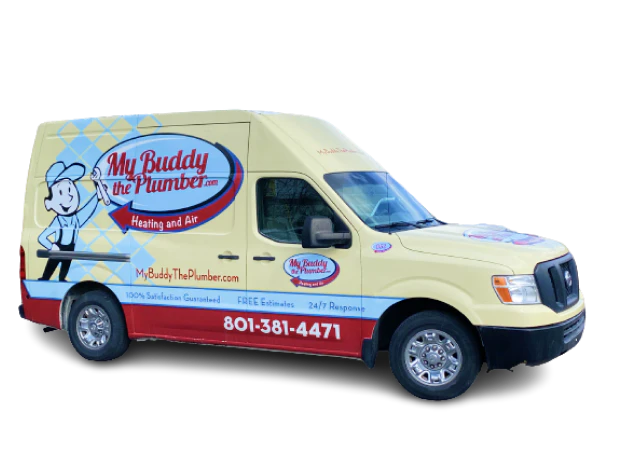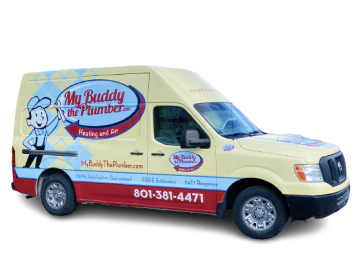Understanding Air Conditioning Condenser Pads
There are certain HVAC components that most homeowners know less about than the major fixtures present in their homes, and a good example here is the world of AC condenser pads. These are often secondary considerations for many homeowners behind major components like a furnace or AC unit, but they serve an important role in protecting your outdoor AC unit and keeping it running efficiently.
At My Buddy the Plumber, we’re happy to offer numerous heating and air conditioning maintenance and repair services for any components of your system, including condenser pads and many others. What exactly are condenser pads, what types are there, and what will happen if you need new condenser pads installed on your property? Here’s a basic primer.
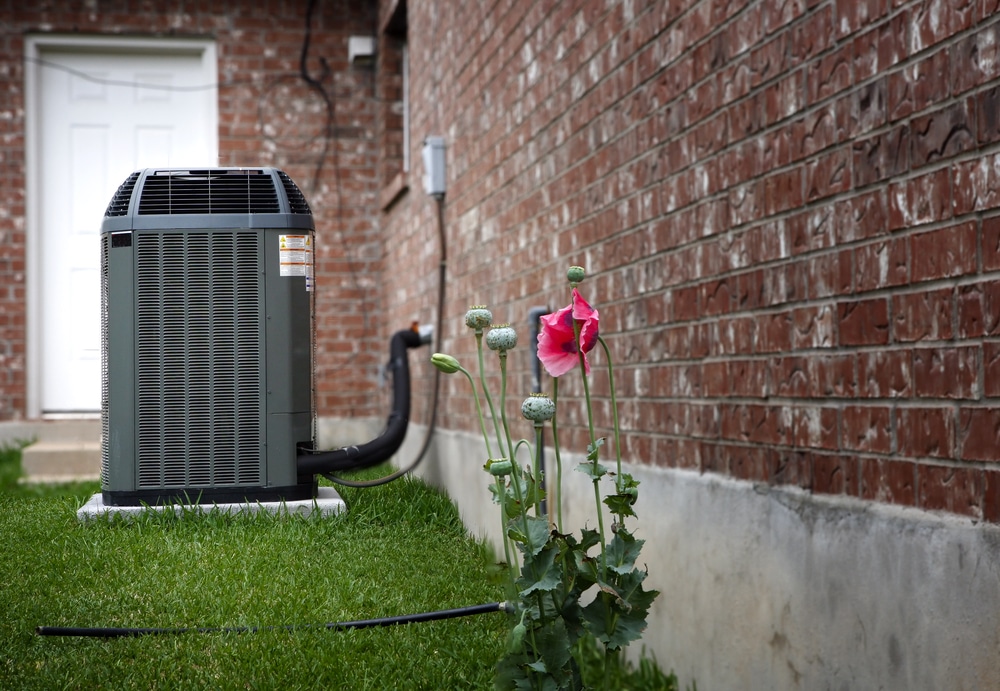
Condenser Pad Basics
Air conditioner condenser pads refer to pieces of material, usually concrete or asphalt, which support an AC unit’s condenser. The condenser is a key component of your air conditioner, as it helps to release heat from refrigerant that has been compressed within the system. This heat is then dissipated into the air around the system.
Condenser pads sit underneath the condenser unit and help to protect it from the elements, as well as provide a stable surface for the unit. Many homeowners choose to install their own condenser pads, but this isn’t always the best idea – particularly if you don’t have experience working with HVAC systems.
What Condenser Pads Do
Why are condenser pads useful? For a few basic reasons:
- Pest protection: Small animals and pests, like rodents and snakes, can enter your AC unit and cause serious damage. A properly installed condenser pad will help to keep these pests out by creating a barrier.
- Weed and plant protection: Weeds and plants can grow around your AC unit, which can then lead to the plants and weeds entering the system. This can cause significant damage and reduced efficiency. A condenser pad will help to keep these growths at bay.
- Erosion prevention: Soil erosion is a big problem for many AC units. If water and soil are able to enter the system, it can cause a number of issues like corrosion, leaks, and reduced efficiency. A condenser pad will help to prevent this erosion and keep your system running smoothly.
- Vibration protection: Finally, a good condenser pad will help to reduce vibration and noise from the AC unit. This is important for both preserving the lifespan of the unit and keeping your outdoor space quiet.
Types of Air Conditioner Condenser Pads
There are a few materials that might be used for condenser pads, including:
- Concrete: Concrete is a popular choice for many homeowners, as it’s inexpensive and easy to find. It’s also capable of supporting the weight of a large AC unit. However, concrete can crack over time and is also susceptible to weathering and erosion.
- Asphalt: Asphalt is another common choice, as it’s also inexpensive and easy to find. It’s a good option for areas that experience extreme temperatures, as it can withstand high heat and cold. However, asphalt can also crack over time.
- Composite: Composite materials, like plastic or rubber, are also an option. These are often less expensive than concrete or asphalt, but they might not be as durable in the long run. However, with modern improvements in composite materials, this might not be as big of an issue as it once was.
Air Conditioner Pad Installation
If your system requires new air conditioner pads, or if you’re building a new home from the ground up and are looking for this form of installation, here are the steps that your professional installer will typically follow:
- Determining if condenser pad is needed: First and foremost, there may be some situations where AC condenser pads actually aren’t required or should not be purchased. For instance, if your actual AC unit is on the older side and you know you’ll be replacing it in the next few years, you may not want to install new condenser pads now.
- Choosing the right material: Once it has been determined that a condenser pad is in fact needed, your installer will then help you to choose the best material for your needs. This will often be based on budget, as well as the climate and weather conditions in your area.
- Preparing the surface: Once the material has been chosen, the next step is to prepare the surface where the condenser pad will be installed. This might involve clearing away any debris or vegetation, as well as leveling off the area — this leveling process is very important, as an uneven surface can cause the AC unit to vibrate and damage the condenser pad.
- Create a base: Using either compacted gravel or concrete in most cases, a base will be created for the condenser pad. This base needs to be level and firm, as it will support the entire weight of the AC unit.
- Install the condenser pad: The final step is to install the actual condenser pad itself. This will usually involve setting it in place on top of the base and then securing it in place with screws or nails.
Once your professional installer has followed these steps, you can be sure that your AC unit is in good hands and will be running efficiently for years to come. By taking the time to install a quality condenser pad, you’ll be doing yourself and your home a huge favor.
For more on AC condenser pads and why they’re important, or to learn about any of our HVAC or plumbing services in SLC or nearby parts of Utah, speak to the team at My Buddy the Plumber today.
Recent Posts
Recent Posts


Join the My Buddy Club
Easy Maintenance & Exclusive Benefits
The My Buddy the Plumber’s Club is our comprehensive maintenance membership program that will protect your home comfort systems! From an in-depth home plumbing inspection to thorough furnace and air conditioning tune-ups, the club does it all. Our team will ensure your HVAC, plumbing, and electrical systems are running safely and in top shape. Joining our club can also provide plenty of exclusive perks, such as:
- Priority service
- 10% discount on repairs
- No after-hours fees
- Peace of mind
- Matched manufacturer’s warranty
- Tank water heater flush
- Drain cleaning
- Electrical safety inspection
